Horses, like humans, can develop habits—both good and bad—based on their environment, routine, and training. When it comes to barn behavior, preventing unwanted habits before they start is far easier than correcting established patterns. Bad habits in the barn not only create management headaches but can also pose safety risks to handlers and potentially lead to health issues for the horse. Understanding the underlying causes of problematic behaviors and implementing proactive strategies can help maintain a harmonious barn environment where your equine companion thrives physically and mentally.
Understanding the Root Causes of Barn Vices
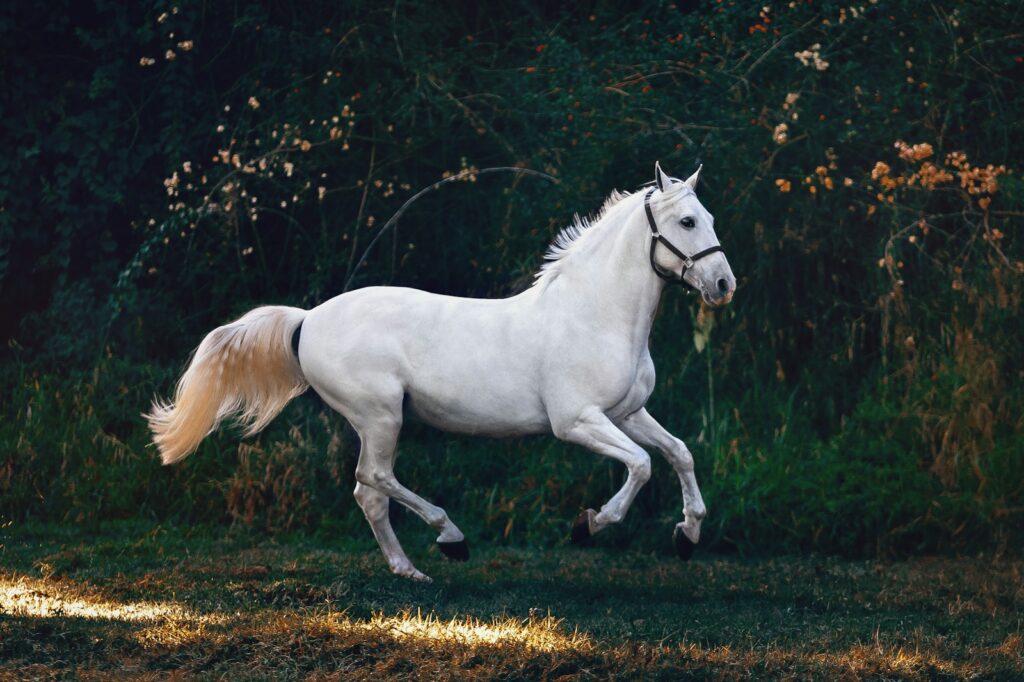
Horses typically develop undesirable barn behaviors in response to specific triggers or unmet needs. Boredom, stress, insufficient exercise, improper feeding schedules, and limited social interaction are among the most common contributors. Unlike wild horses who spend 16-20 hours daily grazing and traveling across varied terrain, domesticated horses often face restricted movement and limited mental stimulation. These natural instincts don’t disappear in domestication, and when they can’t be expressed in healthy ways, horses may channel their energy into destructive or self-soothing behaviors. Recognizing these root causes allows owners to address the underlying needs rather than merely attempting to suppress the resulting behaviors.
Establishing an Appropriate Exercise Regimen
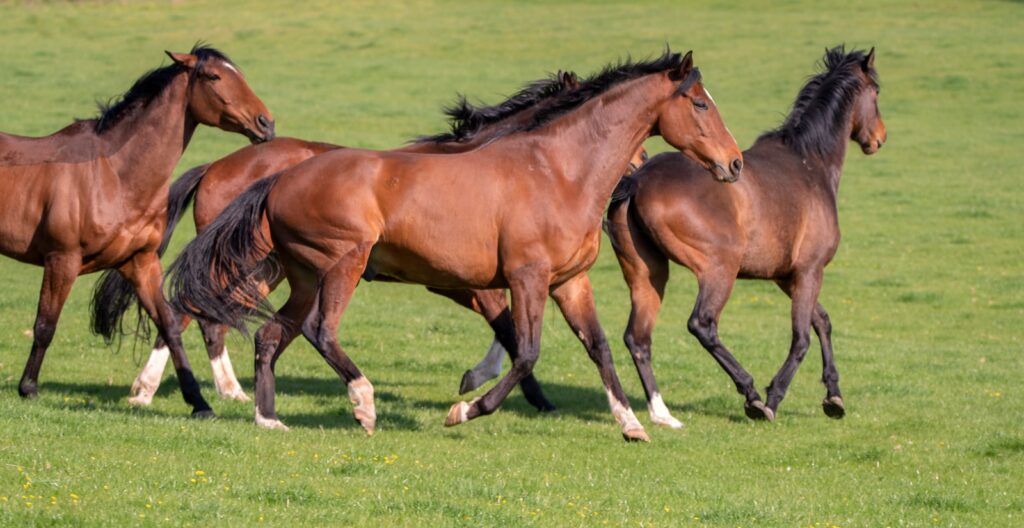
Regular, varied exercise is fundamental to preventing barn vices and maintaining your horse’s physical and mental wellbeing. A horse that receives adequate turnout time and consistent riding or training sessions is less likely to develop problematic behaviors born of excess energy or frustration. Aim for daily turnout whenever possible, ideally with compatible equine companions to satisfy social needs. When riding, incorporate different activities—trail rides, arena work, groundwork exercises, and occasional challenges like poles or small jumps—to keep your horse’s mind engaged. Remember that different breeds and individuals have varying exercise requirements; a high-energy Thoroughbred will typically need more intensive activity than a laid-back draft cross.
Creating an Optimal Feeding Program
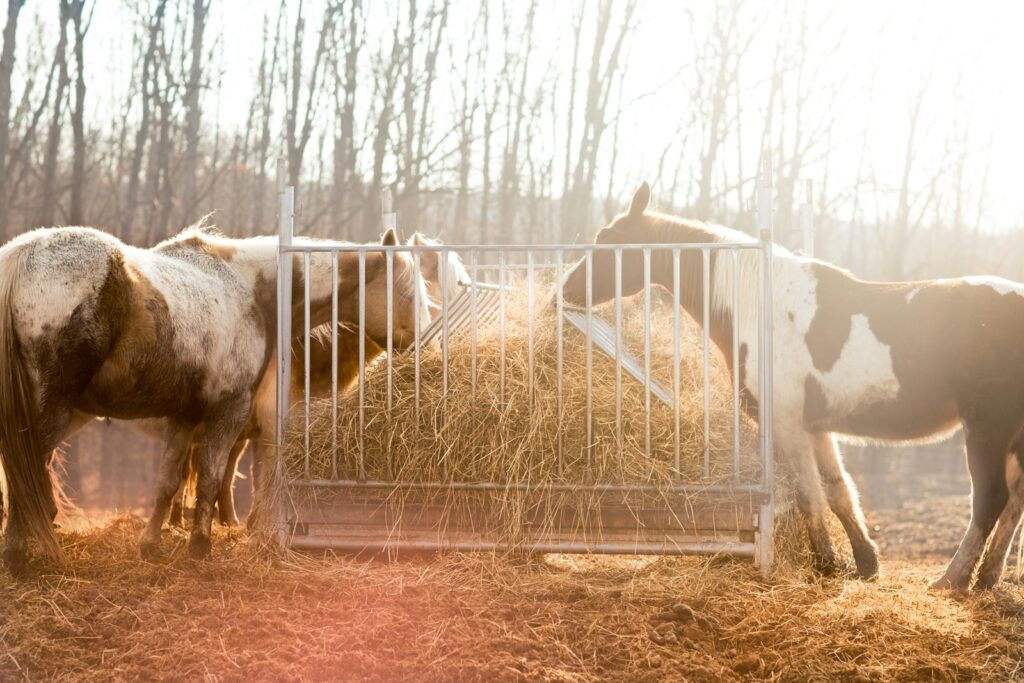
Many barn vices stem from improper feeding practices that contradict a horse’s natural grazing patterns. Horses are trickle feeders designed to consume small amounts of forage continuously throughout the day, not large meals spaced hours apart. Implement a feeding program that mimics natural grazing patterns by providing frequent small meals or constant access to forage when possible. Slow feeders can extend eating time by making hay last longer while preventing overconsumption. Maintain consistent feeding schedules, as horses thrive on routine and may become anxious when meals are delayed. Balance the diet carefully, as excess concentrates without sufficient forage can lead to digestive issues and increased behavioral problems.
Designing an Enriched Stall Environment
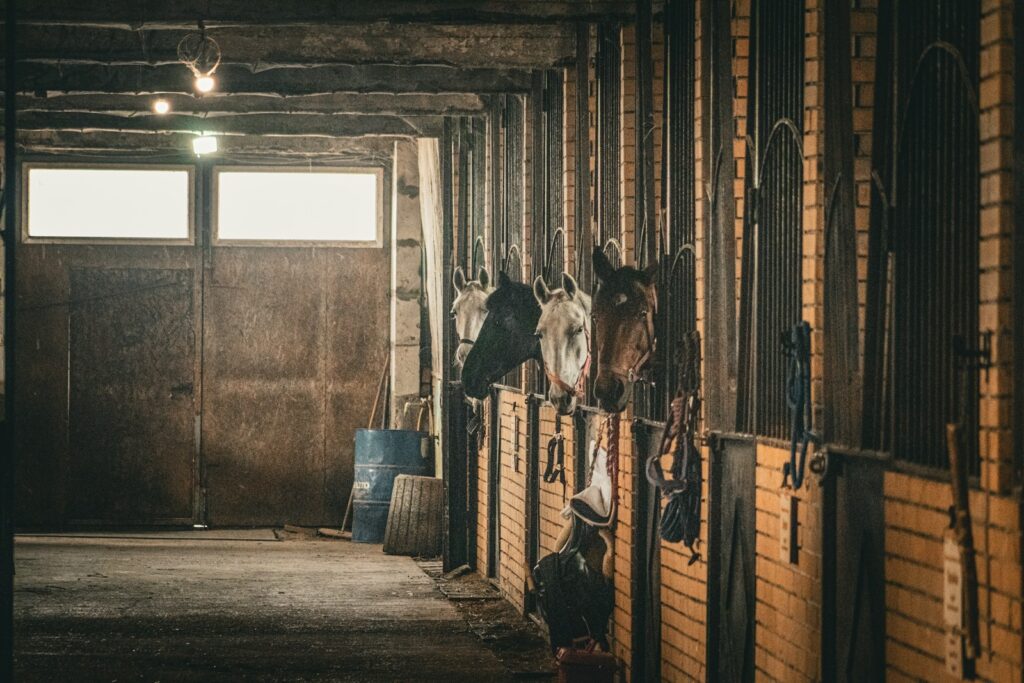
A thoughtfully designed stall can significantly reduce the likelihood of bad habits developing during confinement periods. Start with the basics of proper ventilation, adequate space, and good lighting to create a comfortable living environment. Install stall windows or grills that allow horses to see barn activities and interact with neighbors, satisfying their natural curiosity and social needs. Provide approved stall toys like hanging balls, treat-dispensing puzzles, or lickets to offer environmental enrichment. Experiment with different types of bedding to determine what keeps your horse most comfortable, as some horses may engage in bedding-eating behaviors when unsatisfied with their stall substrate.
Maintaining Consistent Handling Routines

Horses thrive on predictability, making consistent handling practices essential for preventing anxiety-related barn vices. Establish clear, repeatable routines for daily activities like grooming, tacking up, leading, and stall cleaning. Train all handlers who interact with your horse to follow these protocols consistently, as mixed messages or unpredictable handling can cause confusion and stress. Implement firm but gentle boundaries while avoiding punishment-based training methods that may increase anxiety or fear. A horse that understands what to expect in various situations is less likely to develop nervous habits like weaving, stall walking, or aggression during handling.
Providing Appropriate Social Opportunities
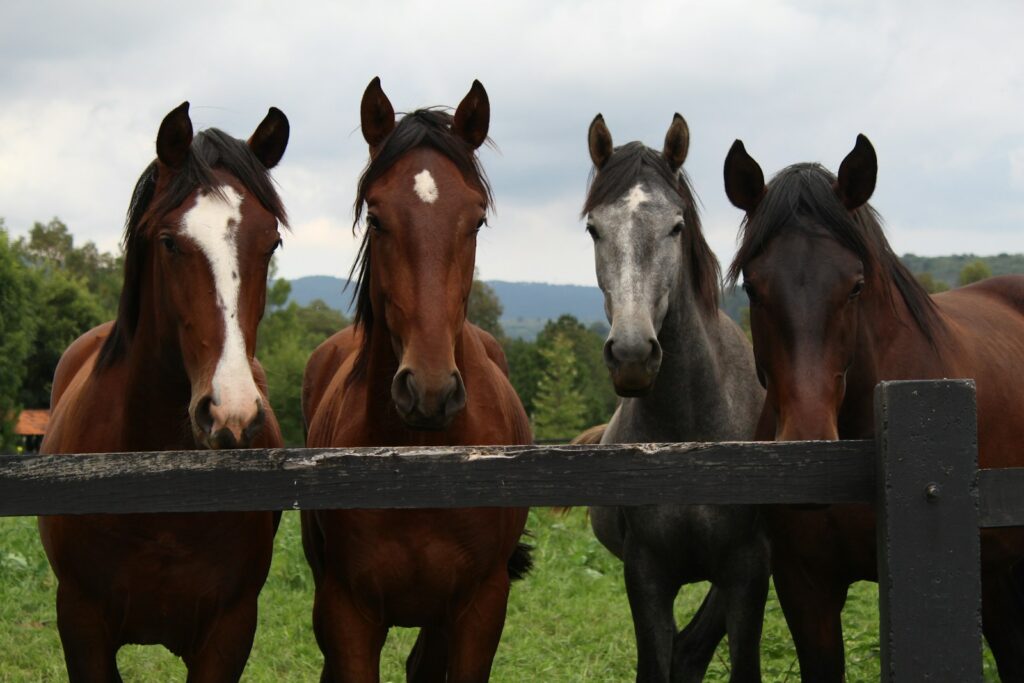
Horses are inherently social creatures that benefit tremendously from interaction with their own kind. Isolation can trigger stress-related behaviors including excessive vocalization, stall walking, and even self-mutilation in extreme cases. Whenever possible, allow for visual, auditory, and ideally physical contact with compatible equine companions. Consider the social dynamics carefully when grouping horses for turnout, as aggressive interactions can create new stressors. If limited turnout or individual housing is necessary due to facility constraints or medical reasons, position stalls to allow nose-to-nose contact with neighbors or provide mirror alternatives designed specifically for horses to create the illusion of companionship.
Implementing Strategic Barn Management Practices
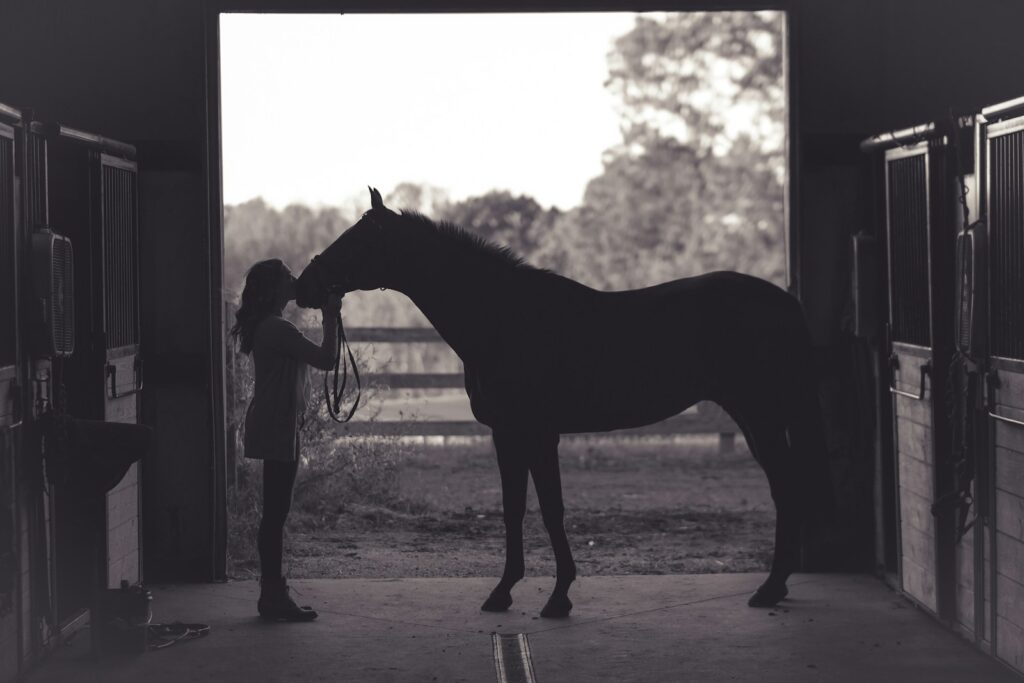
The overall management of your barn environment plays a crucial role in preventing problem behaviors. Maintain a clean facility with regular manure removal, proper ventilation, and dust control to ensure respiratory health and general comfort. Create a calm atmosphere by minimizing unnecessary noise and commotion, particularly during feeding and rest periods. Establish and enforce barn rules regarding appropriate handling, feeding, and interaction with horses to prevent well-meaning visitors from inadvertently reinforcing problematic behaviors. Monitor horses carefully for signs of stress or discomfort, which might include changes in appetite, unusual postures, excessive sweating, or altered facial expressions that often precede the development of bad habits.
Addressing Early Warning Signs
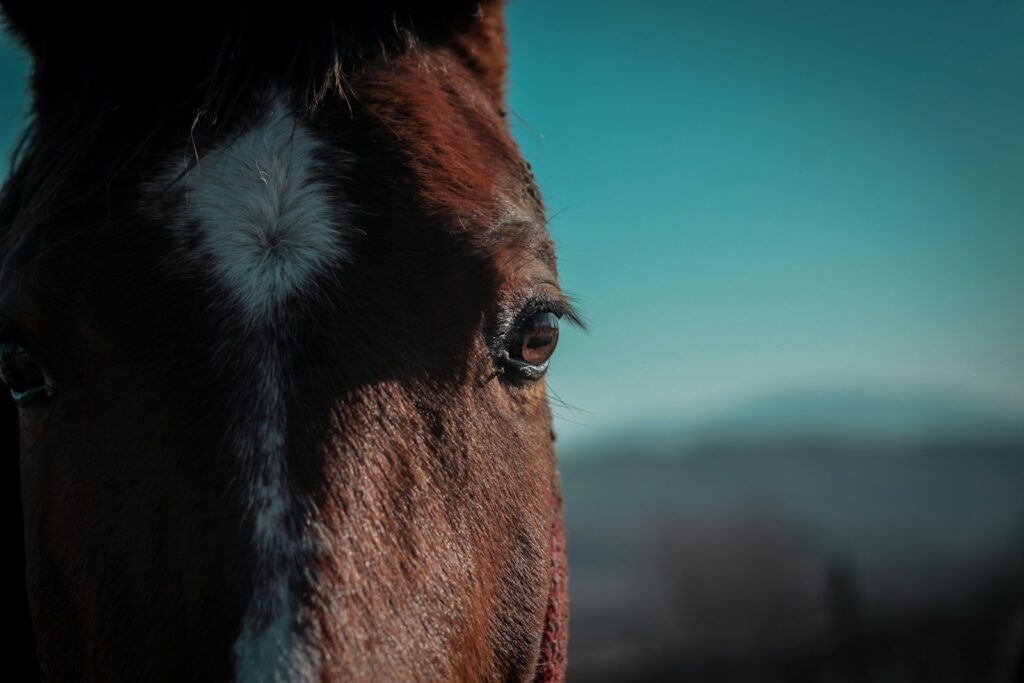
Vigilant observation allows handlers to identify and address subtle behavioral changes before they develop into established vices. Watch for indicators like pawing, lip licking, head tossing, or stall pacing that may signal frustration, anxiety, or physical discomfort. Document these observations systematically to identify patterns related to specific triggers or times of day. Consult with your veterinarian to rule out medical causes for behavioral changes, as pain is a common underlying factor in many unwanted behaviors. Early intervention through environmental modifications, schedule adjustments, or training approaches can often redirect behaviors before they become ingrained habits that are much more difficult to resolve.
Incorporating Mental Stimulation
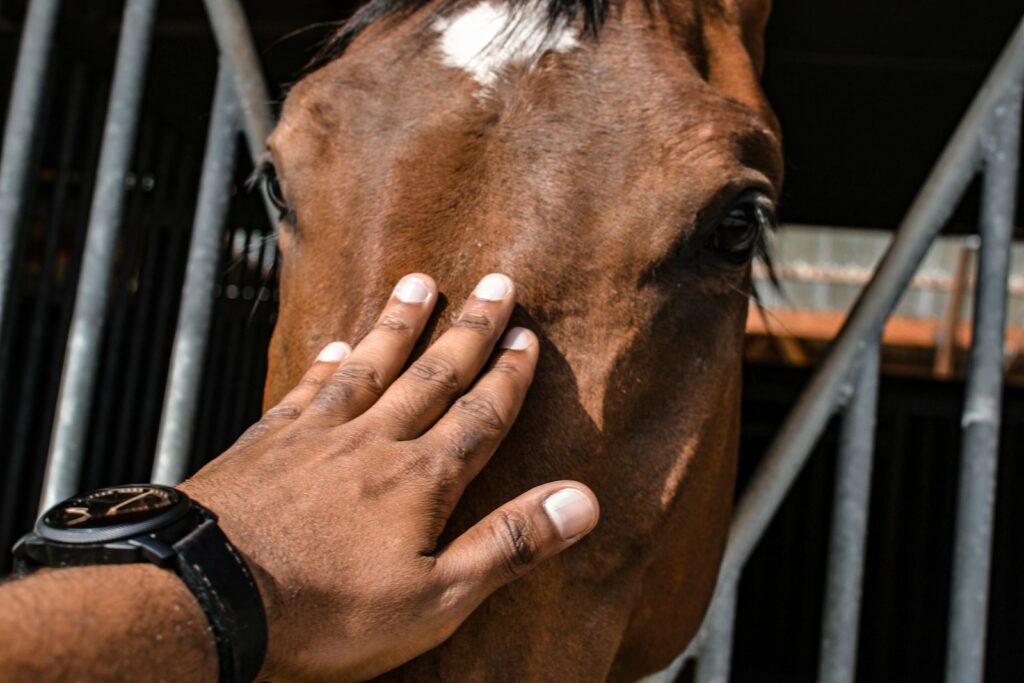
Mental engagement is just as important as physical exercise in preventing boredom-related vices in horses. Incorporate variety into your horse’s routine with different training exercises, novel environments, and periodic challenges appropriate to their training level. Consider implementing reward-based training techniques like clicker training or target training that encourage your horse to think and engage actively in the learning process. Scatter feeding (hiding small amounts of appropriate treats or hay in different locations) can stimulate natural foraging behaviors and provide entertainment during stall time. Periodically introduce safe new objects, scents, or sounds to the environment to pique curiosity and prevent habituation to the same stimuli.
Managing Feeding-Related Behaviors
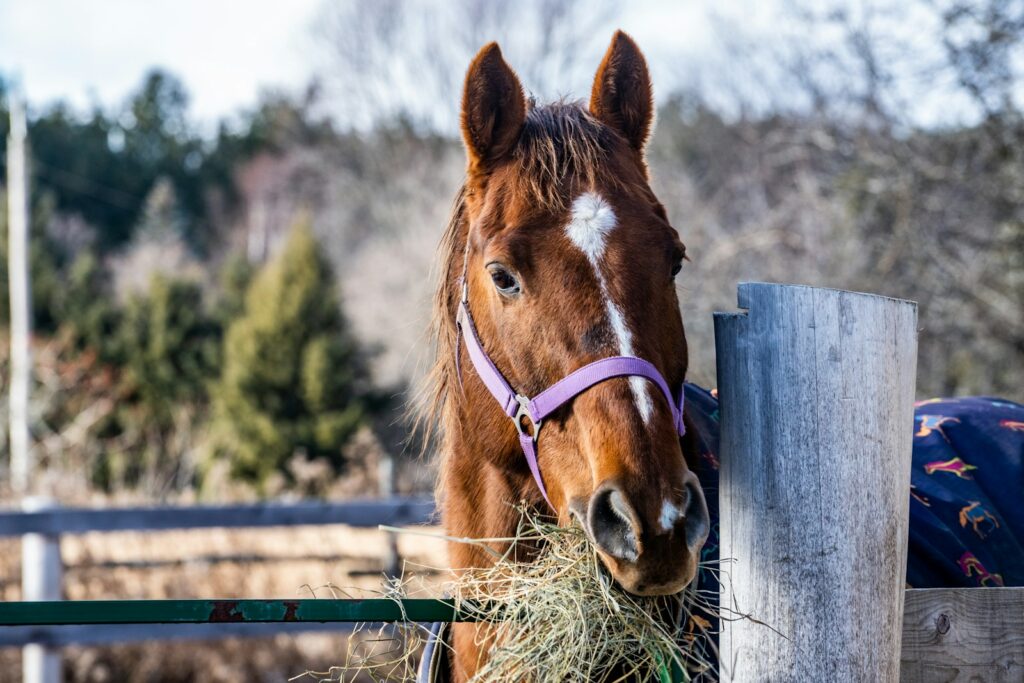
Many problematic barn behaviors center around feeding time, when natural resource-guarding instincts can manifest as aggression, impatience, or dangerous habits. Establish a feeding protocol that minimizes competition and stress, such as separating horses during grain meals or using individual hay feeders spaced appropriately. Discourage food-related aggression by never rewarding pushy behavior with food and maintaining consistent boundaries during feeding interactions. For horses that bolt their grain, consider feed balls, specialized slow feeders, or adding large smooth stones to the feed bucket to force slower consumption. Address wood chewing proactively by ensuring adequate roughage and investigating possible mineral deficiencies that might trigger this behavior.
Specialized Approaches for Common Vices
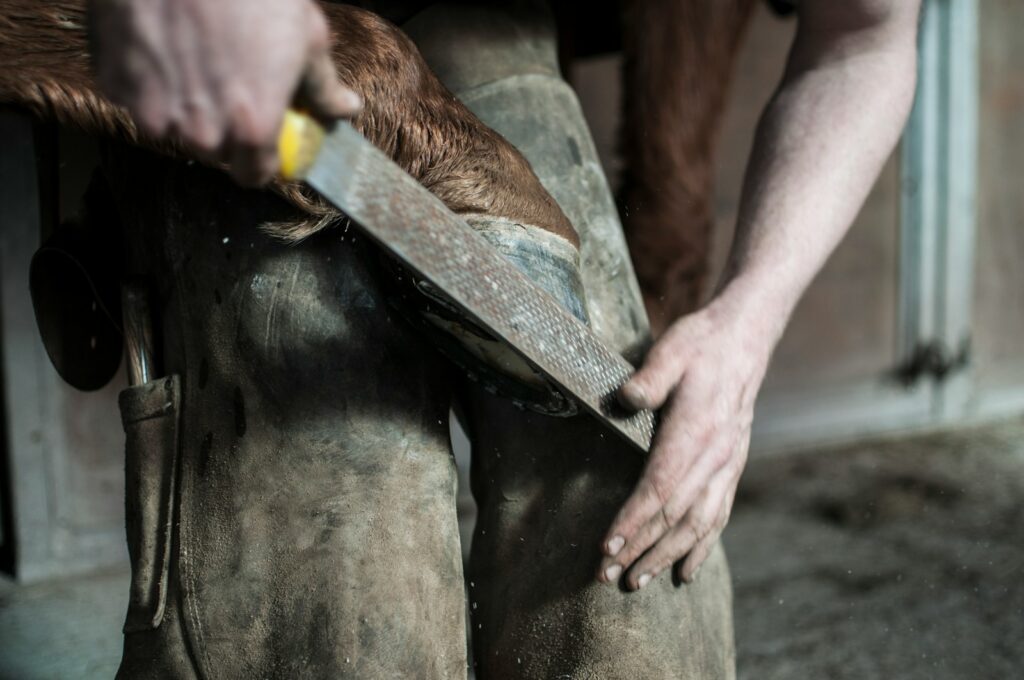
Certain barn vices require specific preventive strategies tailored to the particular behavior. For cribbing prevention, maintain constant access to forage and consider specially designed feeders that encourage natural grazing postures. To discourage weaving, position the horse’s stall where they can see activity without becoming overstimulated, or use stall guards rather than solid doors when safe to do so. Prevent pawing by ensuring adequate exercise and addressing the underlying frustration, rather than simply punishing the behavior. For horses prone to stall walking, provide more turnout time and position their stall where they can observe barn activities without becoming anxious about them.
Working with Professional Support
Sometimes preventing barn vices requires specialized knowledge beyond basic horsemanship. Don’t hesitate to engage qualified professionals when developing prevention strategies for your particular horse and situation. Equine behaviorists can provide valuable insights into your horse’s specific needs and help design customized environmental modifications. Veterinarians should always be consulted when behavior changes occur suddenly, as these may indicate underlying medical issues requiring treatment. Experienced trainers can help implement appropriate training protocols that build confidence and reduce anxiety-related behaviors. A collaborative approach that incorporates different perspectives often produces the most effective prevention strategy for your individual horse.
Building Positive Handler-Horse Relationships
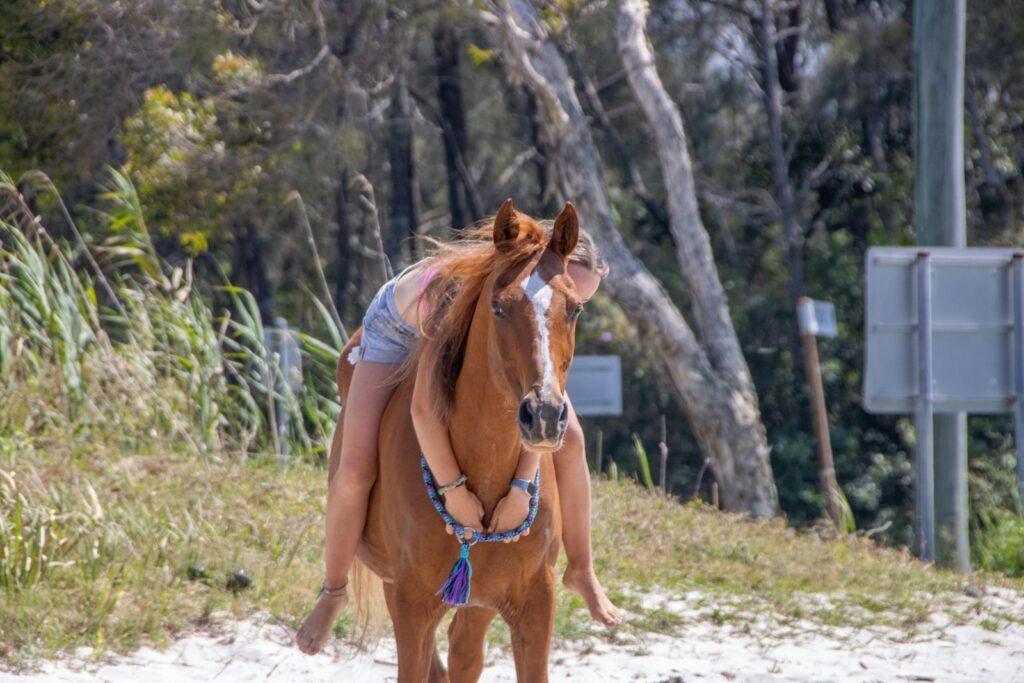
Perhaps the most powerful prevention tool is a strong, trust-based relationship between horse and handler. Take time to develop mutual respect through consistent, fair interactions that build your horse’s confidence in your leadership. Learn to recognize your horse’s individual communication signals and respond appropriately to their needs. Practice mindfulness during handling sessions, remaining present and attentive rather than rushing through care routines. Remember that horses are highly sensitive to human emotions; your own stress or impatience can trigger anxiety in your horse that may manifest as unwanted behaviors. By fostering a relationship based on understanding rather than dominance, you create a foundation of trust that naturally reduces stress-related behavioral issues in the barn setting.
Conclusion
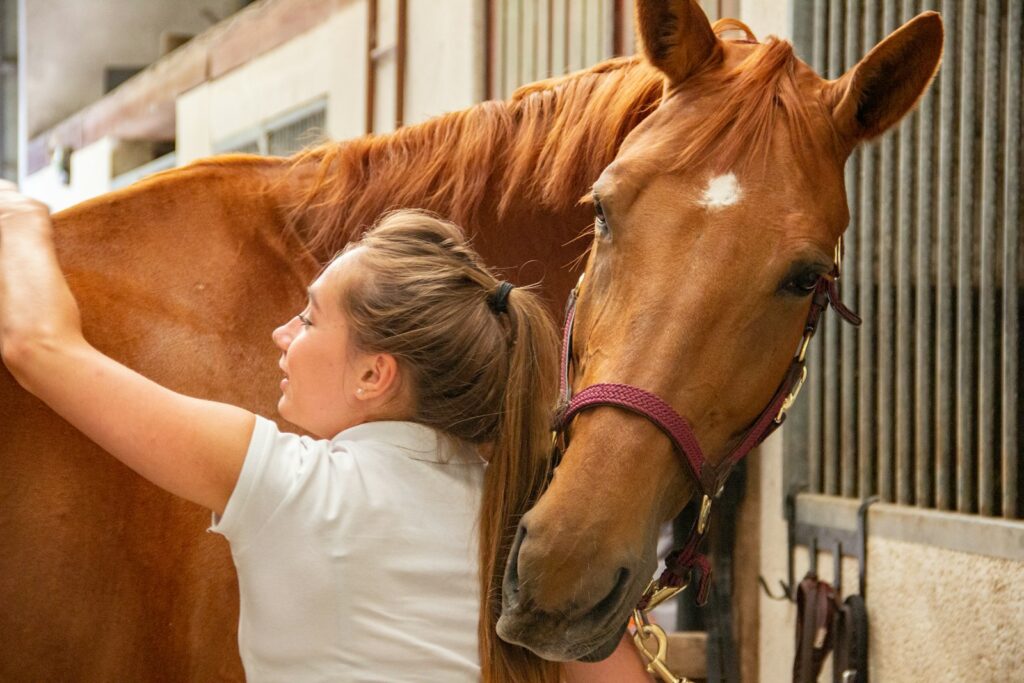
Preventing bad habits in the barn environment requires a holistic approach that addresses your horse’s physical, mental, and social needs. By understanding the natural behaviors and instincts of horses, you can create management practices that work with these tendencies rather than against them. Consistent routines, appropriate exercise, proper nutrition, enriched environments, and positive human-horse relationships form the cornerstone of vice prevention. Remember that each horse is an individual with unique requirements, and what works for one may not work for another. With patience, observation, and a willingness to adapt your approach, you can create a barn environment where bad habits are the exception rather than the rule, resulting in a happier, healthier equine companion.







